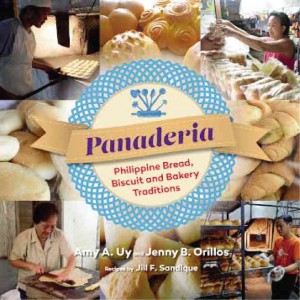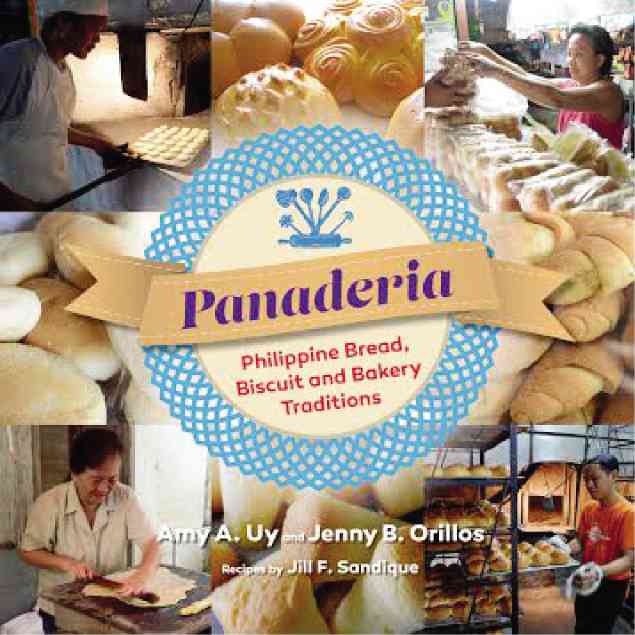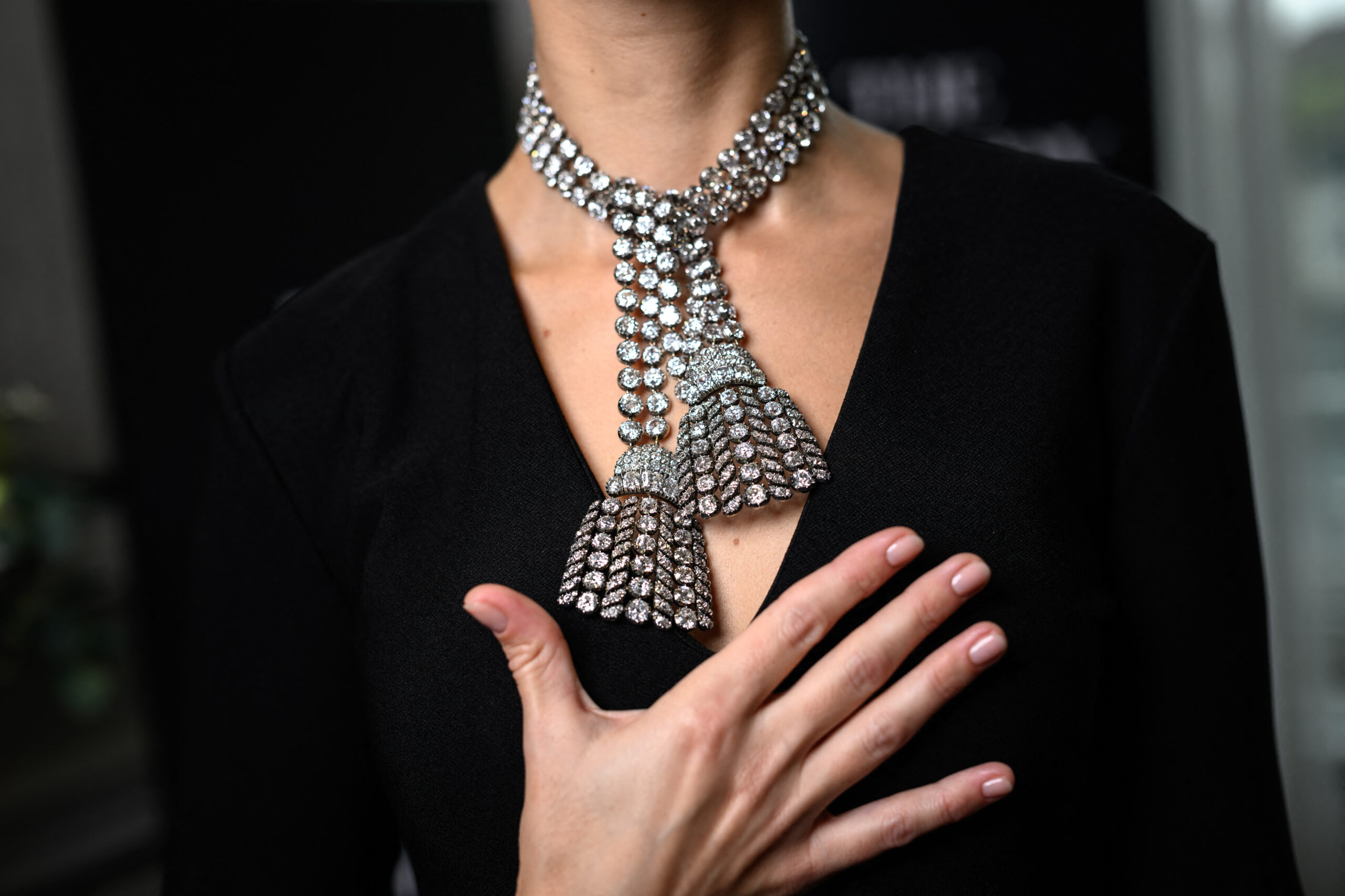 Think you know a lot about bread? Chances are, food writers Amy A. Uy and Jenny B. Orillos know much, much more than you do.
Think you know a lot about bread? Chances are, food writers Amy A. Uy and Jenny B. Orillos know much, much more than you do.
Both winners of the Doreen Gamboa Fernandez Food Writing Award, Uy and Orillos spent over two years putting together “Panaderia: Philippine Bread, Biscuit and Bakery Traditions,” an extensive guide to baked products in the country.
Published by Anvil Publishing, the oversized softcover “Panaderia” features recipes by Jill Sandique, photographs by Rafael “Pie” David, a foreword by Felice Prudente Sta. Maria; and is edited by Micky Fenix.
It is filling with all the trimmings. Taking its name from the local bakeries we grew up with and that defined many a community’s eating rhythms, “Panaderia” is the product of an extraordinary culinary odyssey.
In 2012, Uy and Orillos scoured the country’s bakeries—going north to south, pausing only to let typhoons and elections go by—to sample the unique bread found in each town and quiz the local bakers about the breads’ origins.
It turns out that Philippine bread went far beyond different kinds of the ever-popular pan de sal.
For example, Uy and Orillos discovered that the same bread would be called different names—the best example would be how what many know as the Pan de Regla would be called Kalihim in some places and Maligaya in others.
There were also breads that had gone extinct after their bakers passed away.
The existing breads continue to evolve and make up a delightfully diverse selection of baked goods. From the bonnet-shaped Pan de Bonete to the different kinds of Ensaymada, from the Torta of Leyte and Samar to the classic Monay—they’re all here.
“Panaderia” includes bakeries which have endured in this culinary craft, from Quezon City’s Kamuning Bakery and Malolos’ Lazaro Bakery to Guagua’s La Moderna Bakery and Silay City’s El Ideal Bakery, telling the story of the people behind the ovens. There’s also a guide to running your own bakery and a set of basics for baking Pinoy bread.
Celebration
Beyond being a useful field guide and beginner’s manual, “Panaderia” is a celebration of the breads that have formed our lives.
What breads do you remember from your childhood? Or from your hometown? Look it up in this book’s glossy, full-color pages.
“Panaderia” is about the bread that was, that is and that will be. Uy says the book’s mission is “to know our breads more closely—to define what they are and how they came to be—in the hope that Philippine breads and the traditions that surround them will be recorded, preserved, and appreciated as they give clues to who we are as a people and as a nation.”
This book makes for a great addition to the array of important Filipino food books and hits the reader just right, like hot pan de sal in the morning.
“Panaderia: Philippine Bread, Biscuit and Bakery Traditions” is available at National Book Store branches.













































